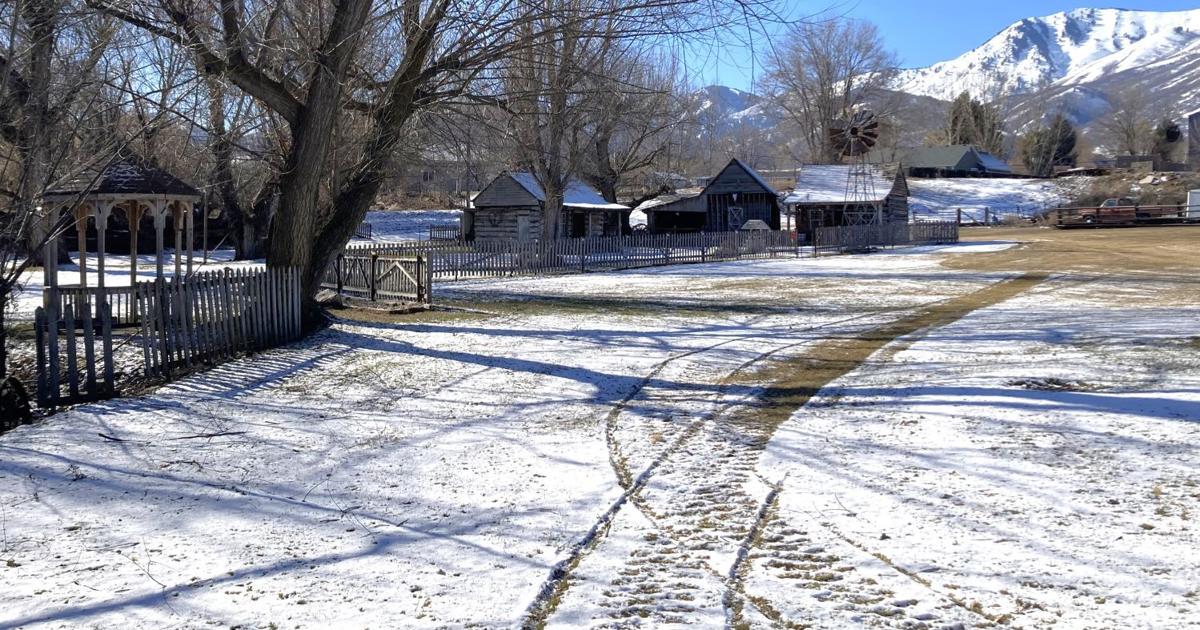LOGAN – The Utah Division of Water Resources is concerned about the lack of snowfall in Cache Valley so far this year and what it will do to the state’s water supply come spring and summer. The low snowpack means little run off and the dry ground could present problems for water later in the year.
Northern Utah has experienced near-normal precipitation, but it came in the form of rain rather than snow, which causes a concern for state water officials because it could affect water storage for the spring melt.
In southern Utah, snowpack remains 27-64% of normal for this time of year, continuing dry conditions in that region.
Candice Hasenyager, director of the Division of Water Resources, is optimistic because year to date water storage numbers look good.
“We’re encouraged to see most reservoirs at or above normal levels for this time of year, even in areas with below-normal snowpack,” she said. “The dry soil moisture in southern Utah combined with below-normal snowpack could pose challenges for water availability in certain basins.”
The Natural Resources Conservation Service’s January report shows almost no measurable snow fell in southwestern Utah during December, and the regional snow water equivalent was consequently some of the lowest of all observations.
Reservoirs are at 77% of capacity, offering some reassurance to water users. This is 20% higher than is typical for this time of year and a testament to the carryover storage from the last two years of above-normal snowpack.
The Colorado Basin River Forecast Center reports a majority of water supply forecasts fall in the 70-90% of average range. In southern Utah those forecasts are 40% of average range.
“Every drop saved today contributes to a more resilient water supply tomorrow,” Hasenyager said. “Runoff efficiency will depend on weather conditions, but we all have a role to play in protecting this precious resource.”
About 95% of Utah’s water supply comes from snowpack. Reservoir storage helps us preserve that water for use in dry summer months and drought years.
Because of low snowpack officials continue to encourage water conservation among Utahns. The Department of Natural Resources continues to promote initiatives such as the Agricultural Water Optimization Program for farmers and SlowtheFlow.org for residents.
These programs aim to educate and incentivize water-saving practices, ensuring Utahns become more drought-resilient and prepare for future conditions.
The Slow the Flow website has more than outdoor watering tips, it also has indoor water saving tips.

